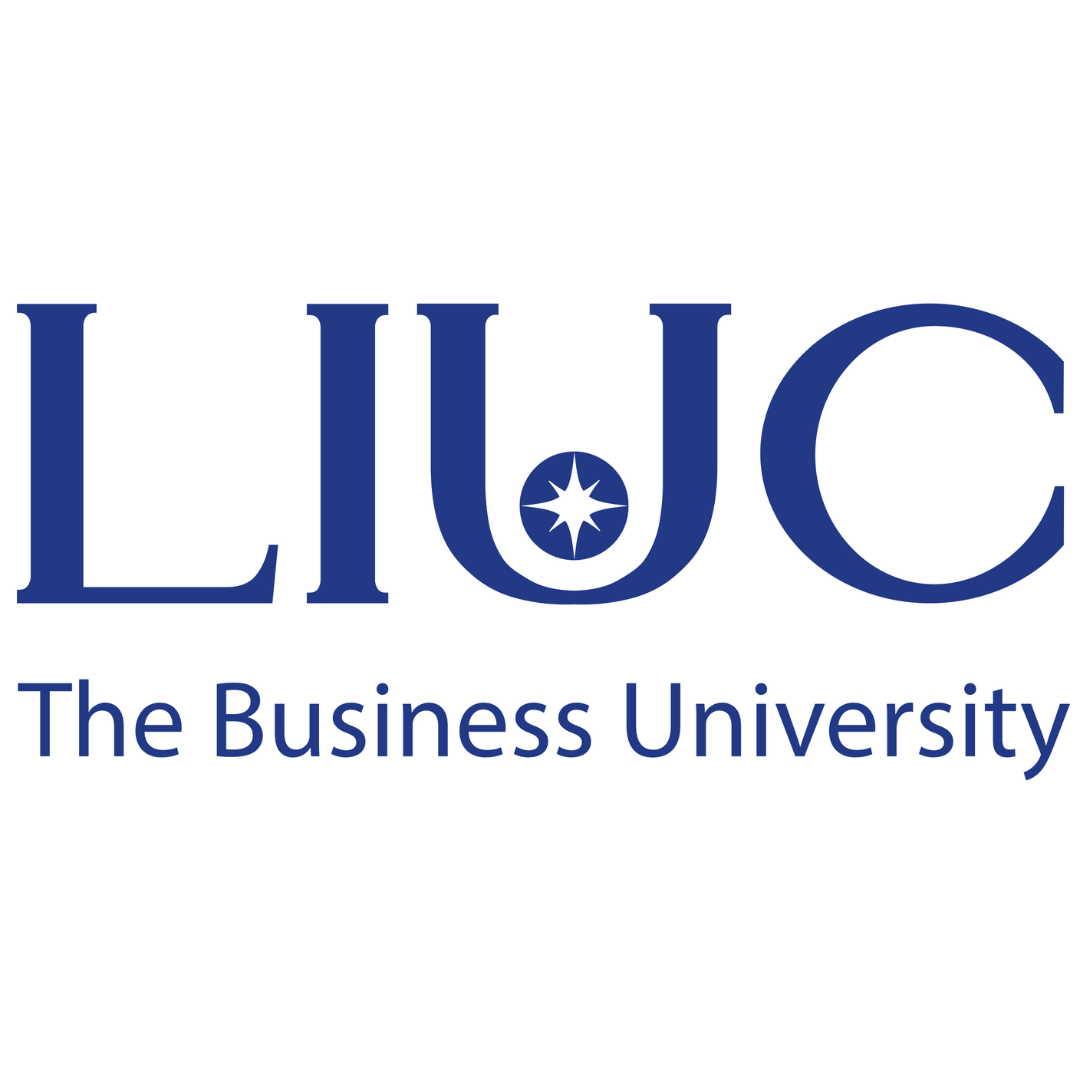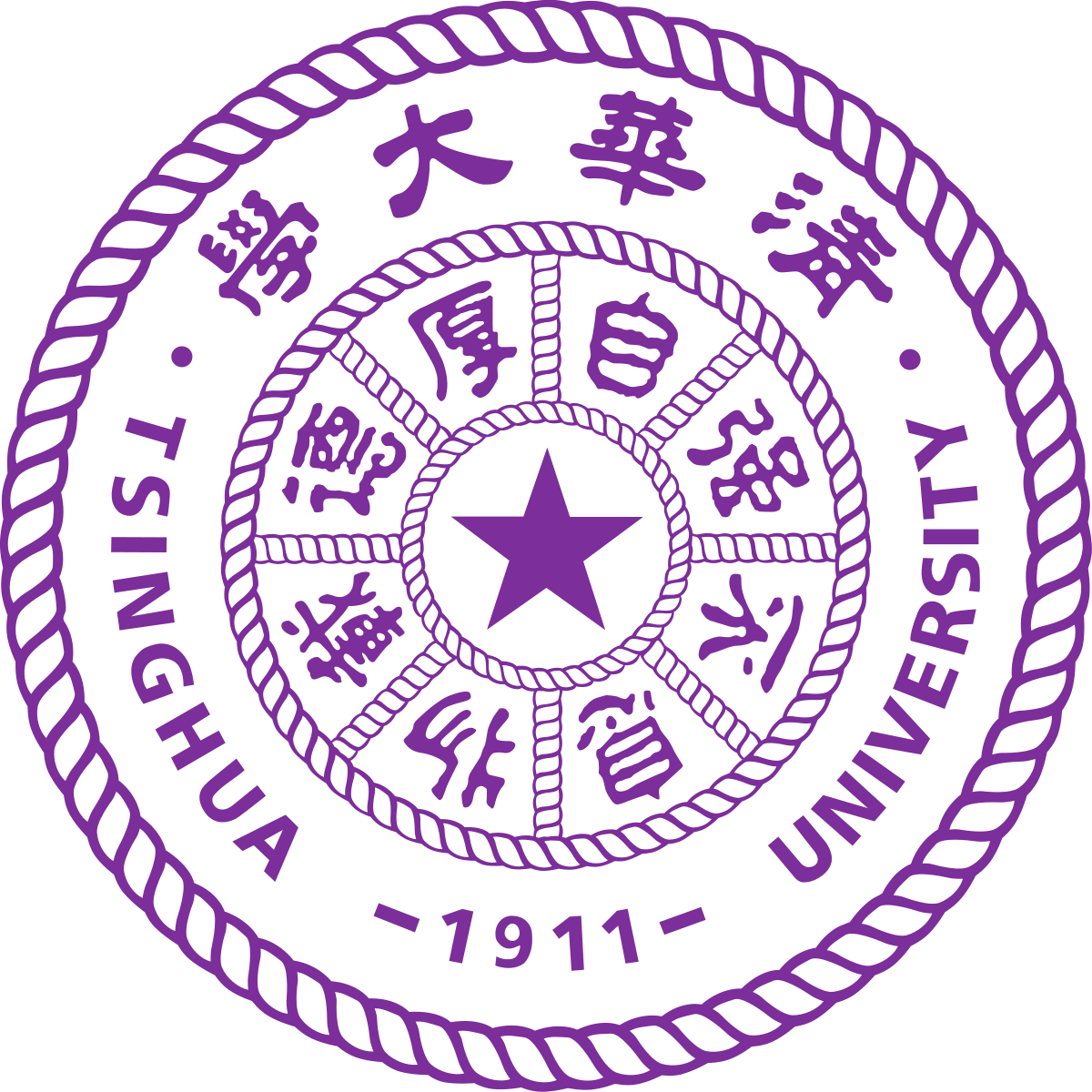Year 1, 60 credits
Form and materials 1: expression and structure, 15.0 credits
The course aims to develop students’ basic creative capacity for textile materials through theoretical teaching and practical interpretative exercises within the form-, design-, material- and colour-related aspects of the field of textiles and fashion.
Techniques and expression 1: dyeing, printing and preparation, 13.5 credits
The course aims to give students basic knowledge of textile printing, digital printing and dyeing and preparation techniques through theoretical teaching and experimental interpretative exercises.
Design Methods 1: design development, 9 credits
The course aims to develop the student’s basic knowledge of design methods and knowledge of design development through studies and experimental exercises with a focus on the design process for developing design ideas in form and materials.
Design aesthetics 1: History and contemporary movements, 4.5 credits
The course aims to provide a basic aesthetical perspective on the historic development of textiles, with regard to form, material and concept studies through reconstruction, sketch and text studies.
Form and materials 2: materials and expression, 6.0 credits
The course aims to deepen students’ basic experimental and professional creative capacity for traditional and new materials and the manipulation and processing of materials through theoretical teaching and practical exercises.
Design project 1: pattern, surface and design, 12 credits
The course aims to develop students’ experimental and professional creative capacity, taking pattern composition, textile printing techniques and dyeing and preparation techniques as starting points. The course also aims to plan, carry out and present design work from initial idea to textile collection.
Year 2, 60 credits
Techniques and expression 2: knitting and tricot, 7.5 credits
The course aims to develop students’ artistic ability within tricot and knitting through theoretical teaching and experimental investigation of the expressive and functional opportunities offered by different tricot techniques.
Design project 2: elasticity and structure, 7.5 credits
The course aims to develop students’ technical skills for artistic interpretation through experimental knitting, independent artistic design work and planning, carrying out and presenting design work from initial idea to the completion of a collection of tricot textiles through form experimentation.
Design aesthetics 2: perspectives and principles, 4.5 credits
The course aims to develop knowledge about theoretical traditions within textile design by studying both dominant international and specific geographical perspectives, with reference to the contemporary development of experimental and professional practice. Students’ ability to describe and critically discuss their own work based on the various perspectives discussed during the course will also be developed.
Design methodology 2: contemporary art and textiles, 7.5 credits
The course aims to explore and gain familiarity with the methods of contemporary art and to be able to place these in relation to design methodology for textile design through interpretative exercises based on different methods.
Technique and design 3: weaveconstruction and scale, 15 credits
The course aims to develop students’ artistic design skills through technical skills within the field of in weaving techniques and experimental weaving as well as independent design work from concept to woven material.
Design aesthetics 3: criticism and assessment, 4.5 credits
The course aims to develop a self-critical perspective of students’ own design work and that of others, through concept development, critical review and comparison, as well as the concrete design and material development of earlier design work.
Sustainable business- and product development, 7.5 credits
The aim of the course is that the student should be able to identify and deal with environmental and ethical aspects within textile processes in the textile industry.
Textile communication and portfolio, 6.0 credits
The course aims to provide basic knowledge and understanding of portfolio building and project management and planning for exhibiting textiles and textile artefacts.
Year 3, 60 credits
Elective courses of 18 credits
Design Project 4: design commission 18 credits
The course aims to offer the student practical experiences of work through design commission for a company or organisation in order to deepen knowledge of design work in relation to sustainable, artistic and economical approaches.
Design project 4: applied design, 18.0 credits
The course aims to develop students’ skills and abilities within applied design work based on given expressive, functional, technical and market-related aspects through work-based education.
Exhibition design, 4.5 credits
The course aims to develop the student's in-depth knowledge of the design of exhibition concepts through exploration of the exhibition medium as a communicative platform where aesthetic, communicative, technical, ethical, and societal aspects are addressed. The course aims to provide the student with knowledge in portfolio-building with a focus on the communication of one’s own textile design work.
Design methodology 3: design research, 7.5 credits
The course aims to develop students’ basic skills in design research through experimental design methodology and knowledge about basic concepts within research, based on a scientific perspective of art and design.
Design project 5: specialisation, 15.0 credits
The course aims to give students deeper knowledge within a chosen technique (weaving, tricot and/or printing and preparation techniques). Students’ artistic skills are deepened, based on the development of a given design idea and artistic problem through experimental interpretive work in their chosen technique.
Bachelor Degree Project, 15 credits
The course aims to ensure that the student applies artistic theoretical and practical knowledge obtained during the study period through an independently completed degree project. The student documents and carries out the design process based on artistic and industrial conditions, and justifies, analyses and critically reflects on his or her own design process.
Show less












